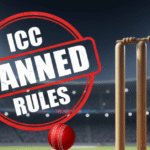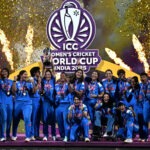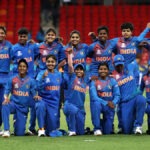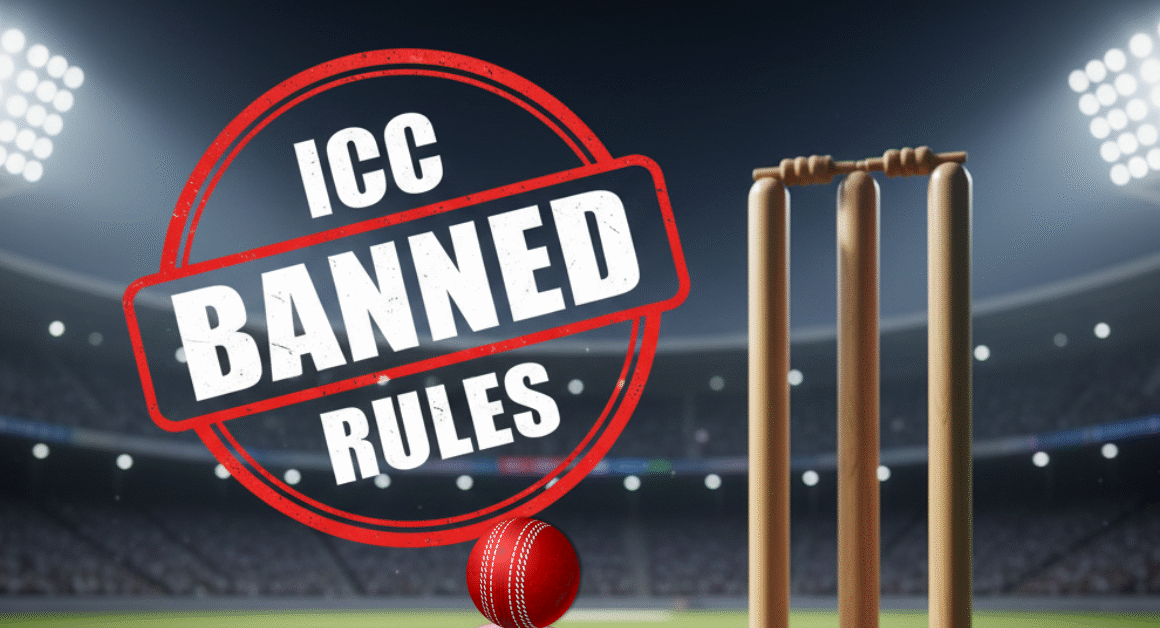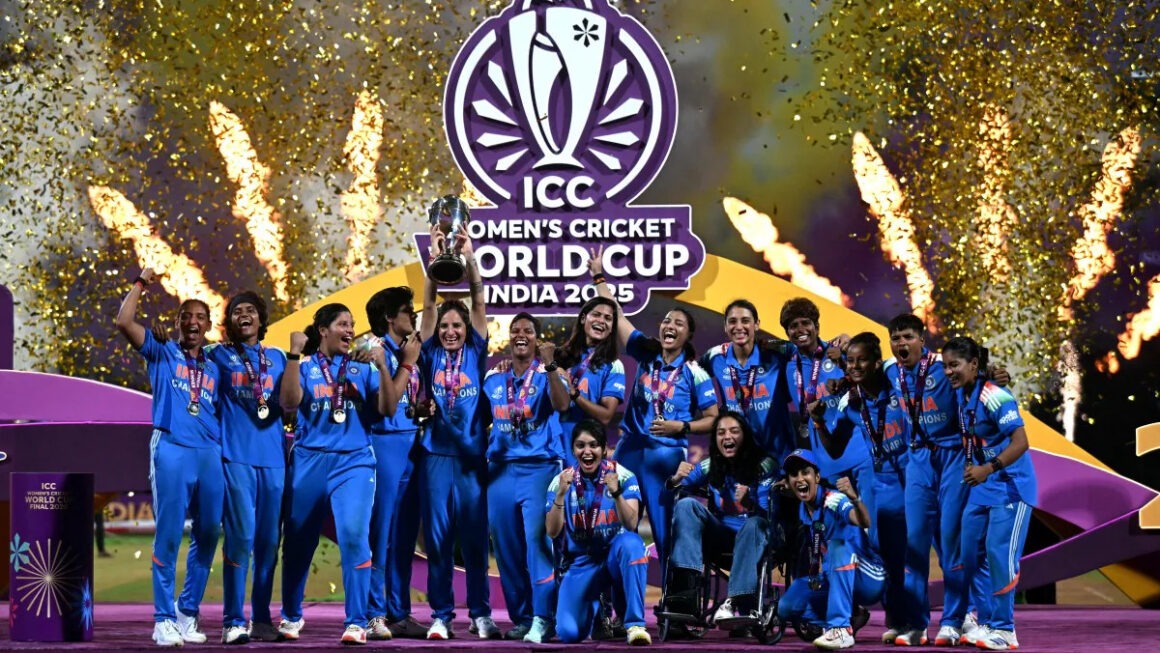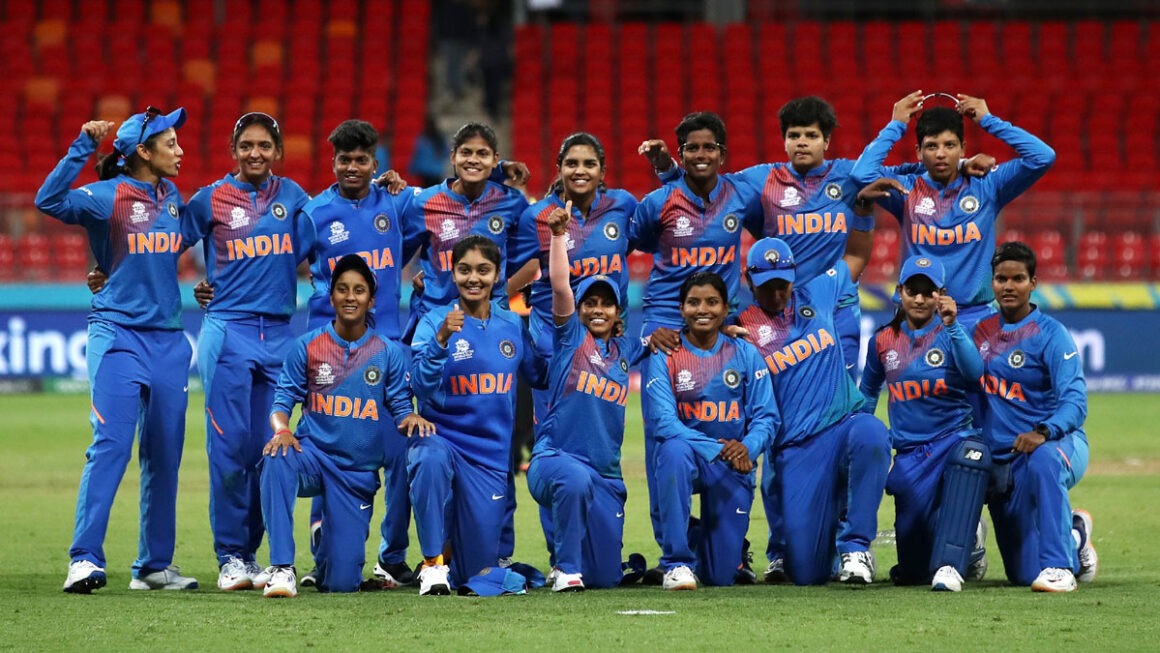The rise of women’s franchise cricket marks one of the most exciting revolutions in modern sport. Once sidelined, women’s cricket has rapidly surged into mainstream consciousness, fuelled by blockbuster leagues, soaring viewership, and record-breaking investments.
In just a few years, women’s franchise cricket has gone from an experimental idea to a commercial success and cultural movement. And it’s just getting started.

How It All Began – The Spark Before the Fire
The Women’s Big Bash League (WBBL), launched in 2015 in Australia, was the first to bring the franchise model to women’s cricket. It was more than just a T20 league—it was a message. That women’s cricket could attract crowds, TV deals, and commercial partnerships just like the men’s game.
The success of WBBL paved the way for other leagues:
The Hundred Women’s (England) – Focused on parity from the start, even holding double-headers with the men’s matches.
Women’s Caribbean Premier League (WCPL) – A regional showcase of West Indian talent and flair.
SA20 Women (Planned) – South Africa is preparing to mirror the success of their men’s league.
USA Women’s T20 League (Upcoming) – Tapping into new markets and diaspora fans.
Each of these has added depth and diversity to the women’s cricket ecosystem.

WPL – The rise of women’s franchise cricket in India
The Women’s Premier League (WPL), launched in 2023, didn’t just join the club. It redefined the rules.
WPL by the Numbers (2025 Update)
₹951 crore: Media rights sold to Viacom18 (now jiostar)
₹4,669 crore: Total franchise valuation
₹3.4 crore: Smriti Mandhana’s record salary
30M+ viewers: Opening weekend viewership
5 teams: Backed by IPL owners like MI, DC, RCB
This wasn’t a symbolic gesture. WPL had real money, real fans, and real impact.

Why It Matters:
For the first time, Indian domestic talent shared the field with global stars.
The league gave uncapped players massive exposure.
Fans built emotional connections with city-based teams like MI, RCB, and DC Women.
The WPL wasn’t just about cricket—it became a social statement.
Salaries, Sponsorships & Serious Business
Let’s talk numbers, because franchise cricket is big business—and women are finally getting a slice of that pie.
Salary Snapshot:
| League | Average Salary (Top Tier) | Highest Paid Player |
|---|---|---|
| WPL | ₹1–3.4 crore | Smriti Mandhana |
| WBBL | ₹40–80 lakhs | Ellyse Perry |
| The Hundred | ₹20–50 lakhs | Nat Sciver-Brunt |
For many players, WPL contracts are 10x their annual board salaries. That’s life-changing.
Sponsorship Growth:
WPL attracted over 70 brands in 2025 alone.
Big names like H&M, TATA Capital, CEAT, and Amul jumped in.
Even non-cricket brands (jewelry, cosmetics, healthtech) are aligning with women’s cricket.
This signals something bigger: women’s sports are finally being seen as prime marketing ground.

The Local Love – City-Based Franchises & Fan Bases
Franchise cricket thrives on regional identity. Just like the men’s IPL, the WPL teams represent cities—and that builds loyal fanbases.
Mumbai Indians Women: Packed the Brabourne Stadium and sold out blue jerseys within hours.
RCB Women: Leveraged Bengaluru’s tech crowd and digital buzz.
Delhi Capitals Women: Drew families and college students into the stadium with aggressive youth outreach.
With every match:
Local businesses profit.
Young girls find new heroes.
Cities gain a new sense of pride and identity.

Global Impact – More Than Just an Indian Revolution
India’s WPL may have taken center stage, but globally, the ripple effect is visible.
WBBL viewership increased by 23% post-WPL 2023.
The Hundred Women’s edition added new sponsors inspired by India’s success.
Emerging players from Bangladesh, Thailand, and the USA are now getting scouted due to increased coverage.
The franchise model has opened international doors and created a pipeline of talent from grassroots to global.
Why This Matters (Culturally, Socially, Economically)
Franchise cricket is not just about money. It’s about:
Visibility: Women on prime-time, not second slots.
Equity: Transparent salaries and performance-based incentives.
Inspiration: Grassroots girls now dream of being picked in the WPL auction.
Infrastructure: More academies, coaching programs, physiotherapists, analysts—all creating a self-sustaining ecosystem.
Franchise leagues are building not just careers, but legacies.
Final Word
From WBBL’s bold beginning to WPL’s billion-rupee boom, the rise of women’s franchise cricket is not a trend—it’s a full-blown revolution. The game has evolved from sidelines to center stage. And with every boundary hit and auction paddle raised, we’re watching history in the making.
It’s no longer about giving women equal opportunities. It’s about celebrating them for what they’ve already earned.
FAQs
1: What is women’s franchise cricket?
Women’s franchise cricket involves city-based T20 leagues like WPL, WBBL, and The Hundred where women compete professionally under franchise ownership.
2: How has WPL impacted women’s cricket?
The Women’s Premier League brought massive media rights deals, high salaries, and global visibility, transforming the women’s game in India and globally.
3: What are the top women’s cricket leagues globally?
WPL (India), WBBL (Australia), The Hundred (UK), and WCPL (Caribbean) are the leading women’s franchise leagues.
4: How much do players earn in these leagues?
Top WPL players earn up to ₹3.4 crore. WBBL and The Hundred offer ₹40–80 lakhs on average for elite talent(as of 2025).
5: Will more franchise leagues emerge?
Yes. The USA, UAE, and South Africa are planning new leagues, and WPL is expected to expand by 2026.
